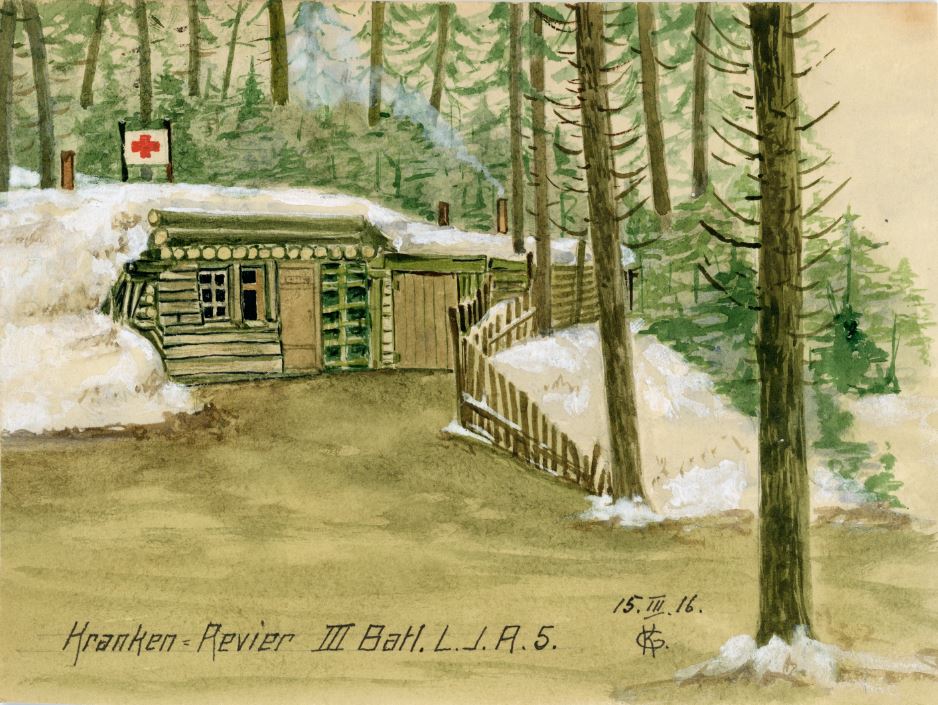Continued from Part 1.
Edith McChesney Ker papers – C0077
This collection was processed by Special Collections Research Center Staff. The inventory was added by Brittney Falter. A portion of this collection was digitized by Digitization Intern for the Fall 2018 Semester Andrew Morrison.
“An avid photographer of wildlife and nature, Edith ‘Edie’ Ker dedicated her life to traveling around the world taking pictures and writing journal entries about her experiences. In the course of her career, Ker participated in more than 70 professional photographic camping safaris in Africa, including expeditions with primatologist Jane Goodall. She also served as president of the Society of Woman Geographers from 1997 to 1999. Born in 1924, she died in 2003…This collection contains approximately 10,000 slides, photographs, scrapbooks, publications, and audio visual materials relating to Edith Ker’s nature expeditions. Aside from visiting safaris in Africa, she traveled all over the world to countries like Canada, Russia, Australia, Turkey, Namibia, Argentina, and around the United States. She kept scrapbooks of each trip to showcase postcards, articles, research notes, itineraries, pictures, and brochures. Her photographs capture a variety of different animals from around the world as well as buildings, landscapes, and people.” You can read more about the digitization of this collection here.
Medical Slides collection – C0272
This collection was processed by Amy Blake, Processing Intern for the Fall 2018 semester. It was digitized by Lana Mason, Processing Student Assistant.
“35mm color slides with magnified images of human and animal respiratory systems, digestive systems, nervous systems, blood systems and other bodily systems. Each slide has specific handwritten information about the magnified image and also has the magnification power.”
Gustav Klemp German World War I collection – C0250
This collection was processed by Liz Beckman. It was digitized by Lana Mason.
“Gustav Klemp (1882-1941) was an artist from West Prussia in what was Germany until 1919 and is now western Poland. He was a member of the Deutschen Maler-Bundes (German Painters’ Association). Klemp was in his mid-thirties at the outbreak of World War I in 1914, and he served as a medic with the German Army. He sent a number of postcards from the Eastern front to his wife, Martha Klemp, and he also painted watercolors that portrayed camp life, landscapes of the war and troops…The collection consists of 2 certificates, several postcards and artworks, 4 medallions, and a notebook that primarily document people and places during World War I, particularly German soldiers on the Eastern Front. Many of the postcards are group portraits of soldiers in military uniforms. Several have messages from Gustav Klemp (the primary recipient appears to have been Frau Martha Klemp) and postmarks from areas along the Eastern Front, such as Russia, Poland, and Romania. One postcard from page 15 is postmarked Lautenburg on August 15, 1914, suggesting that Klemp may have been present at the nearby Battle of Tannenberg later that month. The artworks consist of both drawings and watercolors that document similar subject matter found in the postcards.”
Featured image: Watercolor illustration of a sickbay in a forest, Gustav Klemp German World War I collection , Box 1, Page 36, Item 1, C0250, Special Collections Research Center, George Mason University Libraries.
Follow Special Collections Research Center on Social Media at our Facebook, Instagram, and Twitter accounts. To search the collections held at Special Collections Research Center, go to our website and browse the finding aids by subject or title. You may also e-mail us at speccoll@gmu.edu or call 703-993-2220 if you would like to schedule an appointment, request materials, or if you have questions. Appointments are not necessary to request and view collections.

